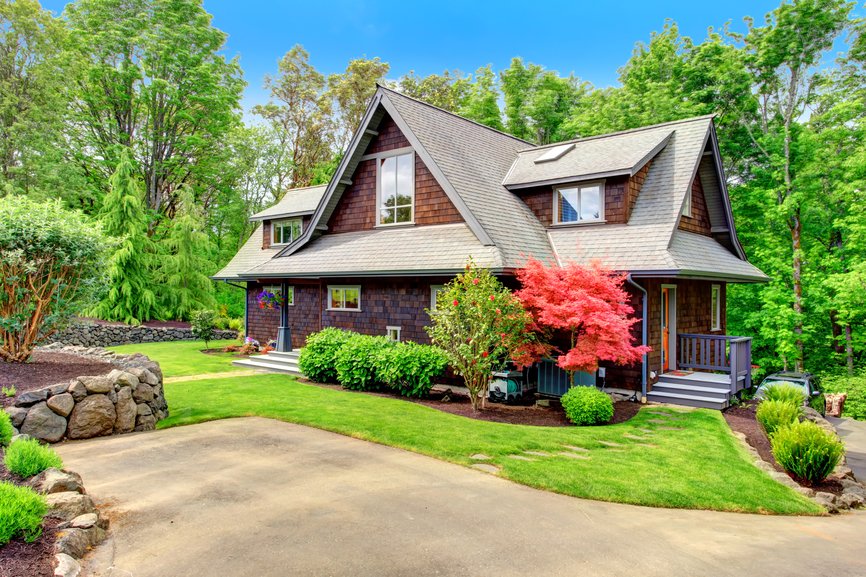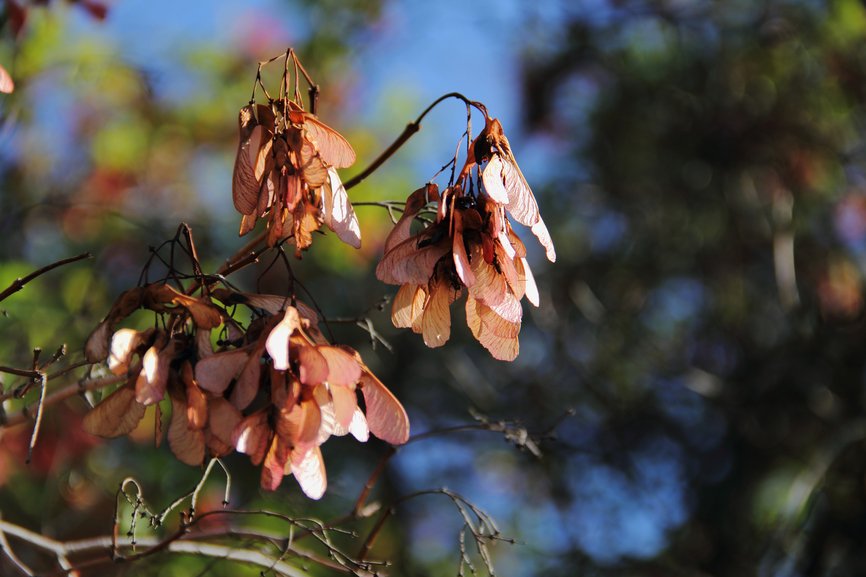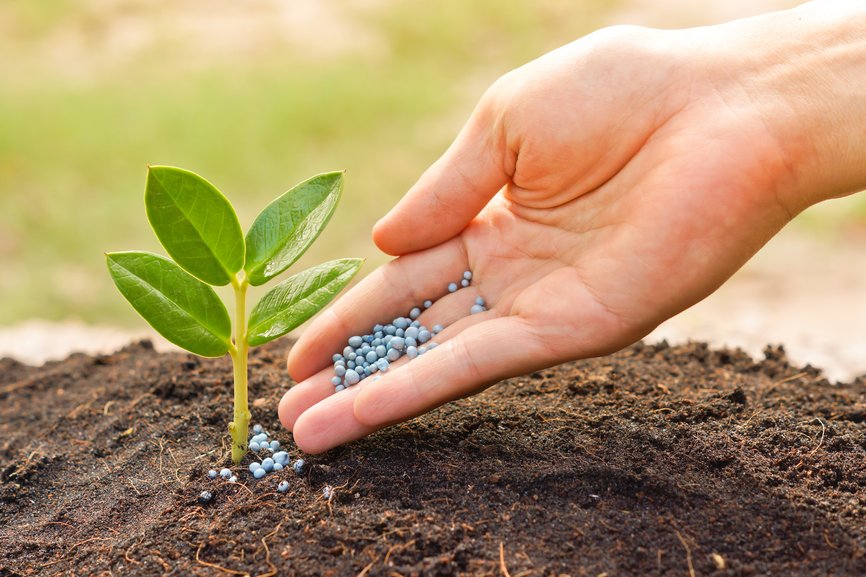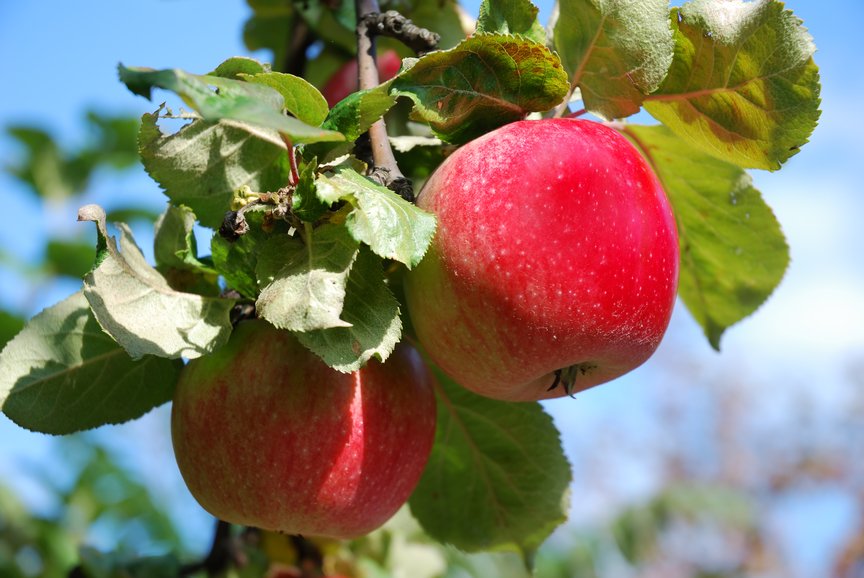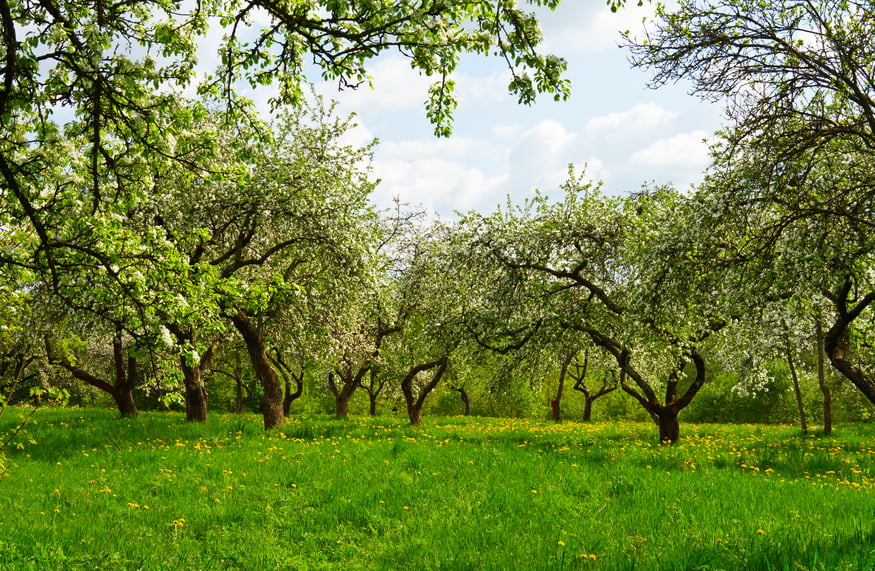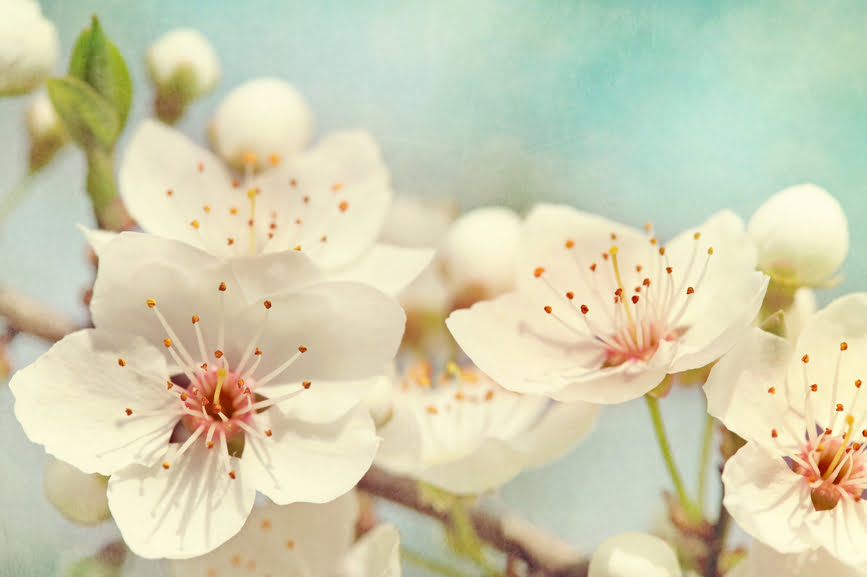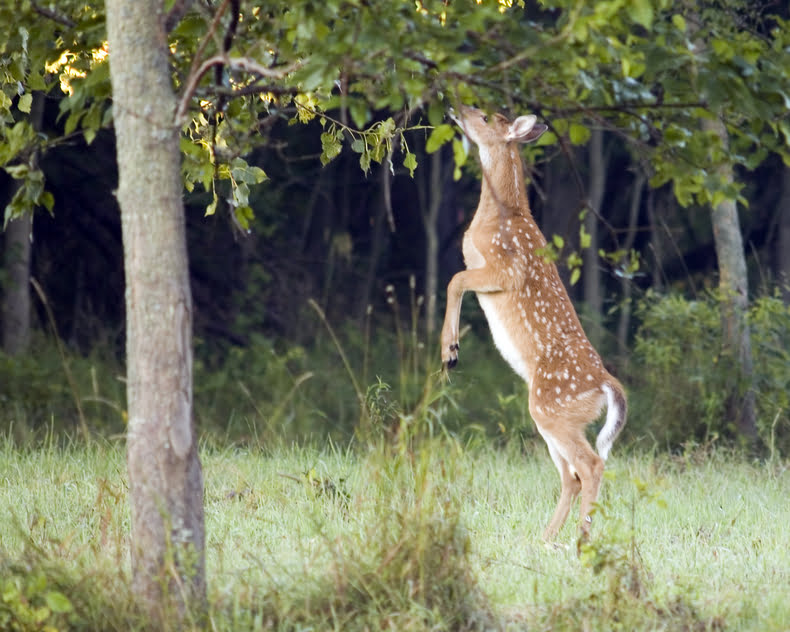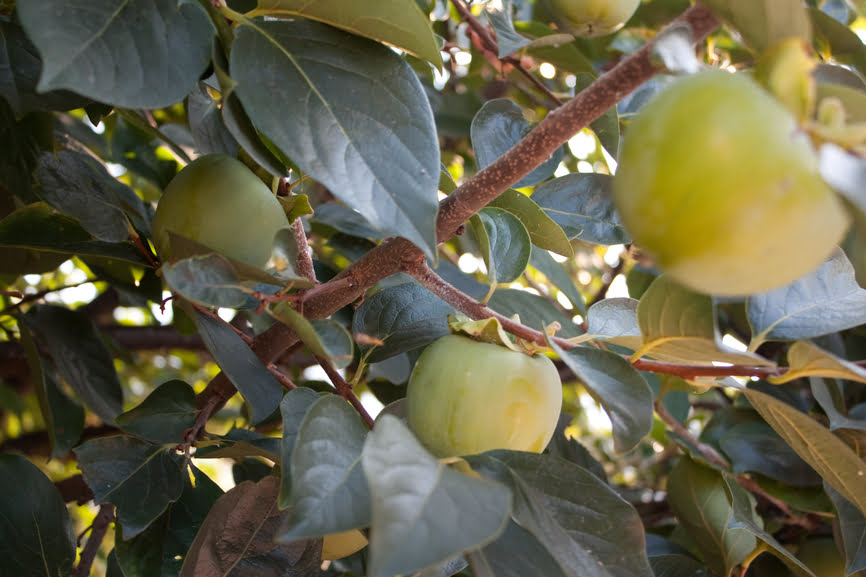
Proper fruit tree care doesn’t just make your yard look better — it also makes it taste better. Most people think “edible garden” and think veggie plots, maybe edible flowers and perhaps some strawberries. However, fruit trees are also edible, assuming you care for them and nurture them into producing a bountiful harvest. First, make sure you choose fruit trees that suit your climate. If they aren’t native plants, you’re going to have a tough time making them grow.
Every fruit tree is different, but some general best practices apply to most. For instance, the vast majority of fruit trees like to soak up the sun all day long from spring through early autumn. No sunlight equals no fruit, and some trees like citrus or feijoas are thirsty for “winter sun.” You also need to protect them from wind and early spring frosts, which might involve some creativity in order to give them that and plenty of sun at the same time (like planting them where your house blocks the wind).
Bear in mind that fruit trees are alphas and don’t want grass in their root areas either — instead, plant groundcover or mulch below them. Chickens are another solution to the problem — they are happy to take care of that grass and offer up some eggs to go with that impending fruit salad.
Nurture Your Trees and They’ll Return the Favor
In fruit trees’ early years, they want regular water and are especially thirsty in the warmer months. When they do start bearing fruit, make sure to pick up the fallen pieces immediately. You can either eat it or compost it. Otherwise, you will attract insects. Of course, if you have chickens, they’ll be happy to gobble up the fallen goods for you — and then dole out some fertilizer.
Avoid planting in heavy clay soil if you can, since that makes draining tough and can lead to root rot. Prior to planting, mix up compost in the soil, particularly in and near the planting hole. Loose draining soil with compost should be the key ingredient in your fruit tree’s area. Make the mound look like a volcano to encourage water runoff, and you might even want to dig trenches for gravel for extra draining capacity. On the other end of the spectrum is sandy soil, since it has minimal moisture and nutrients. Composting is again the solution, as is heavy mulching. Make sure to water sandy soil more, so that your fruit tree gets its fill.
For a professional touch, give Reliable Tree Care a call and enjoy flawless fruit tree care while you kick back and enjoy the harvest.

